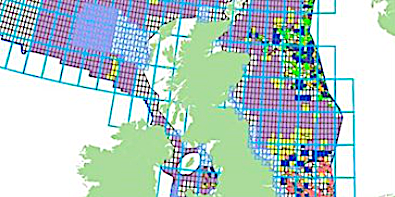Operating expenditure (OPEX) and unit cost per barrel of oil equivalent in the UK Continental Shelf (UKCS) remained steady in 2017 against a stronger oil price backdrop, with both rising 2%, according to a report by the UK’s Oil and Gas Authority (OGA).
Total OPEX for the UKCS last year was £6.9 billion “indicating that the recent years of sharp cost reductions are over, reflecting a period of stability,” said the OGA.
It said total operating costs are still significantly less (28%) than the high cost operating cost environment peak of 2014.
In addition, the average unit operating cost per barrel of oil equivalent (UOC) was £11.6 in 2017 – an increase of +£0.3.
Hedvig Ljungerud, Director of Strategy at OGA, said: “This report shows the significant progress industry has made towards sustaining efficiencies and the operational cost base in the UKCS.
“Looking to the future, production is expected to rise in 2018 with new fields coming onstream.
“This analysis allows us to monitor closely the performance of each asset and operator and benchmark them to help drive improvement.
“With the significant upturn in the oil price it’s vitally important that industry does not revert back to inefficiencies or cost inflation.”
The ‘Analysis of UKCS Operating Costs in 2017’ report includes the following findings:
- The majority of operating costs were incurred on fields in the Central North Sea (CNS). However, due to high levels of production in this region, the CNS had the lowest UOC. The Northern North Sea (NNS) continued to have the highest UOC, whilst the Southern North Sea (SNS) and East Irish Sea (EIS) was the only regional group to see a reduction in unit operating cost.
- Over half of the operators surveyed saw a reduction in their total field OPEX from 2016 to 2017. Whilst the majority saw a rise in their unit operating costs, this was primarily driven production changes, rather than inflation of operating costs.
- Evidence suggests that a proportion of costs incurred from 2016 to 2017 were spent directly on long term asset integrity which will, in turn, have a beneficial effect on future operating costs.
